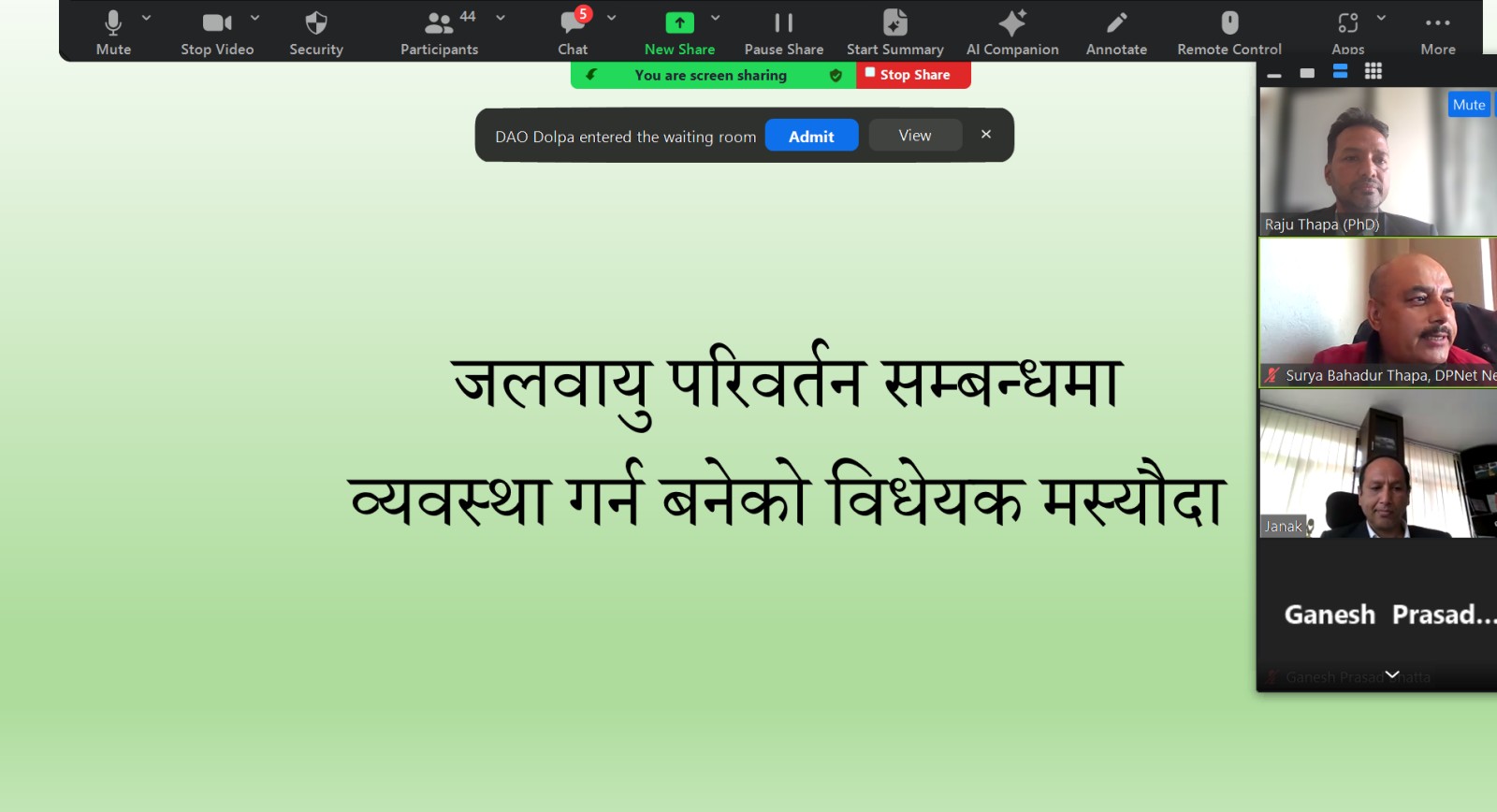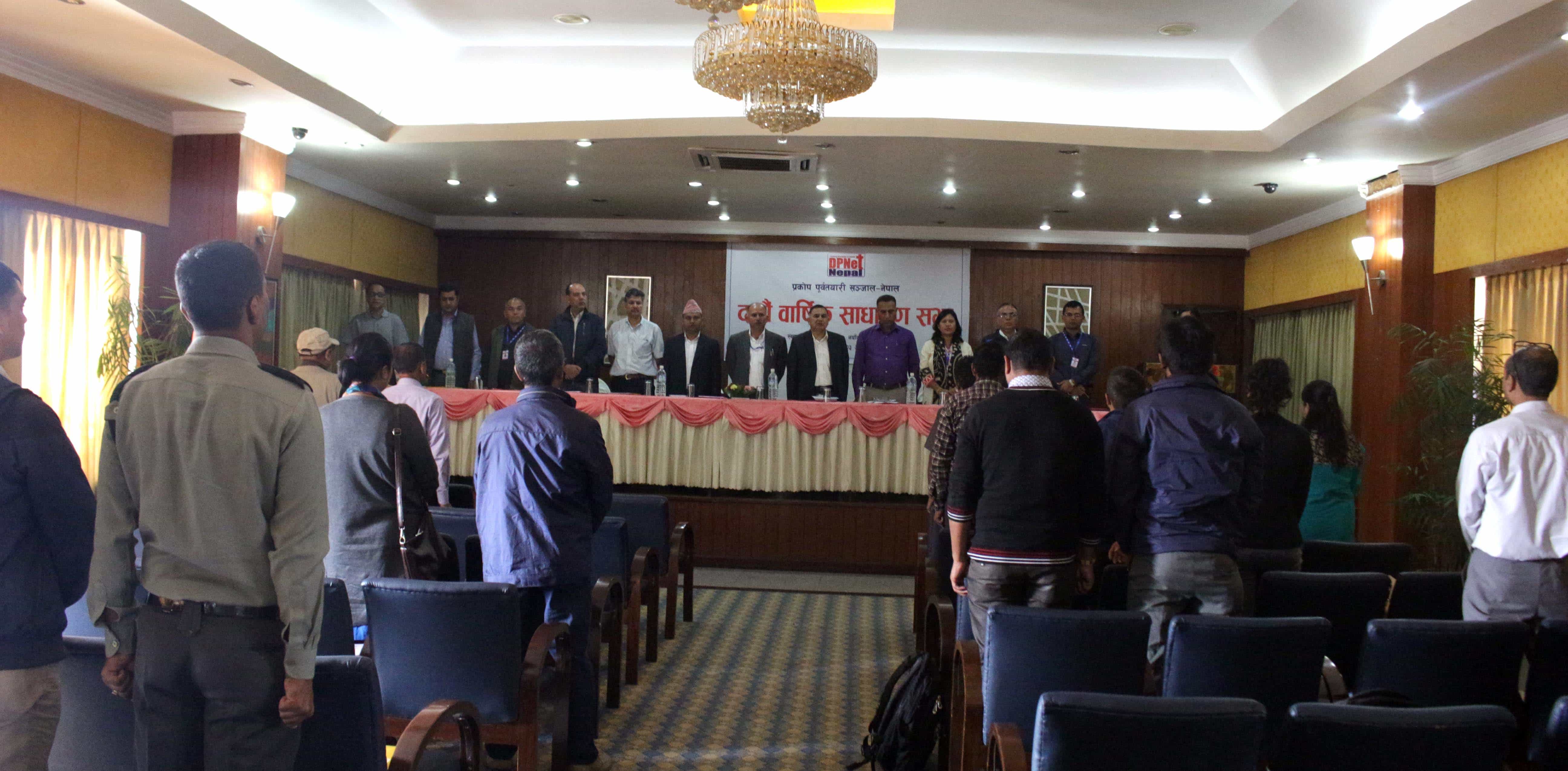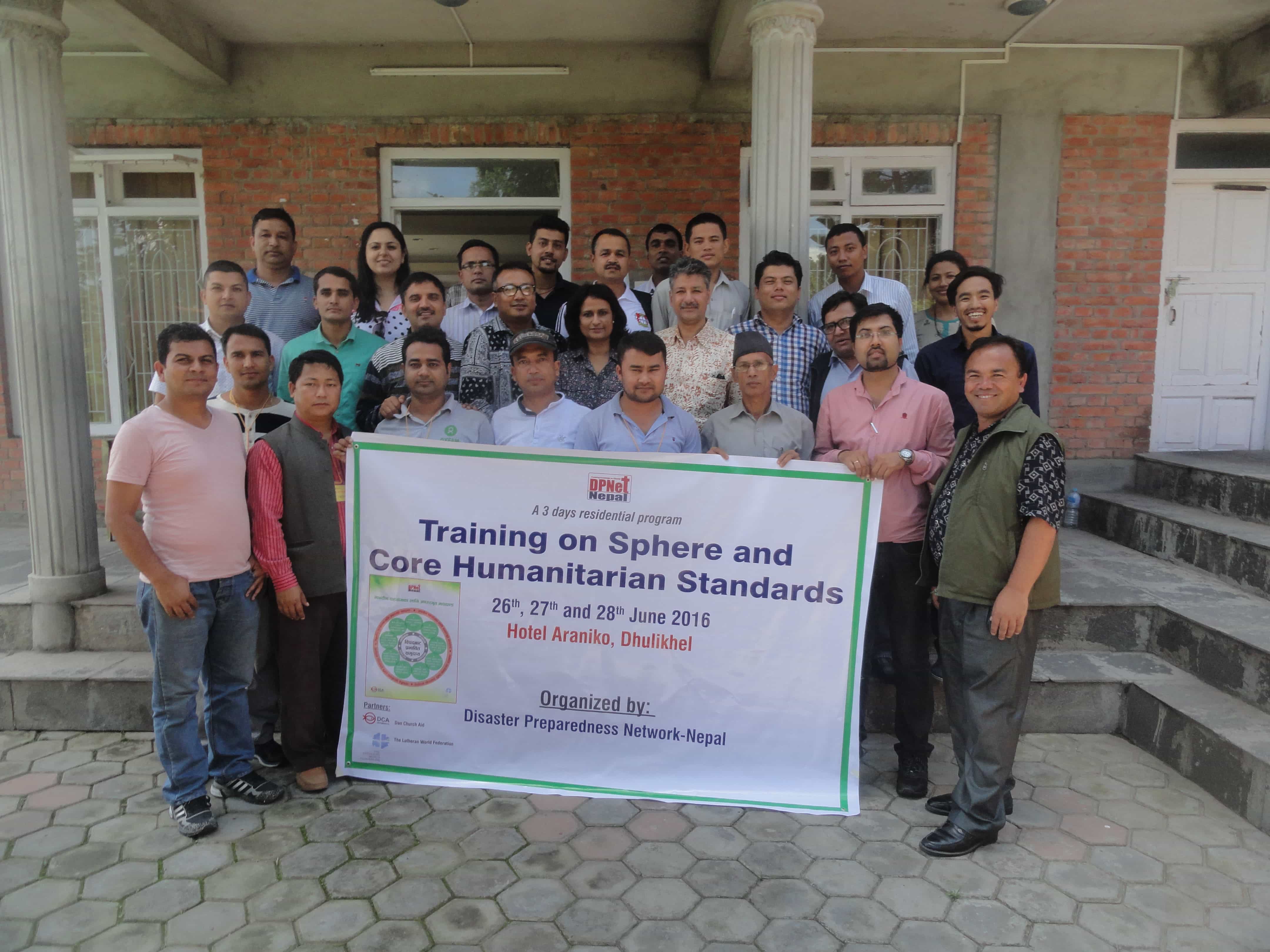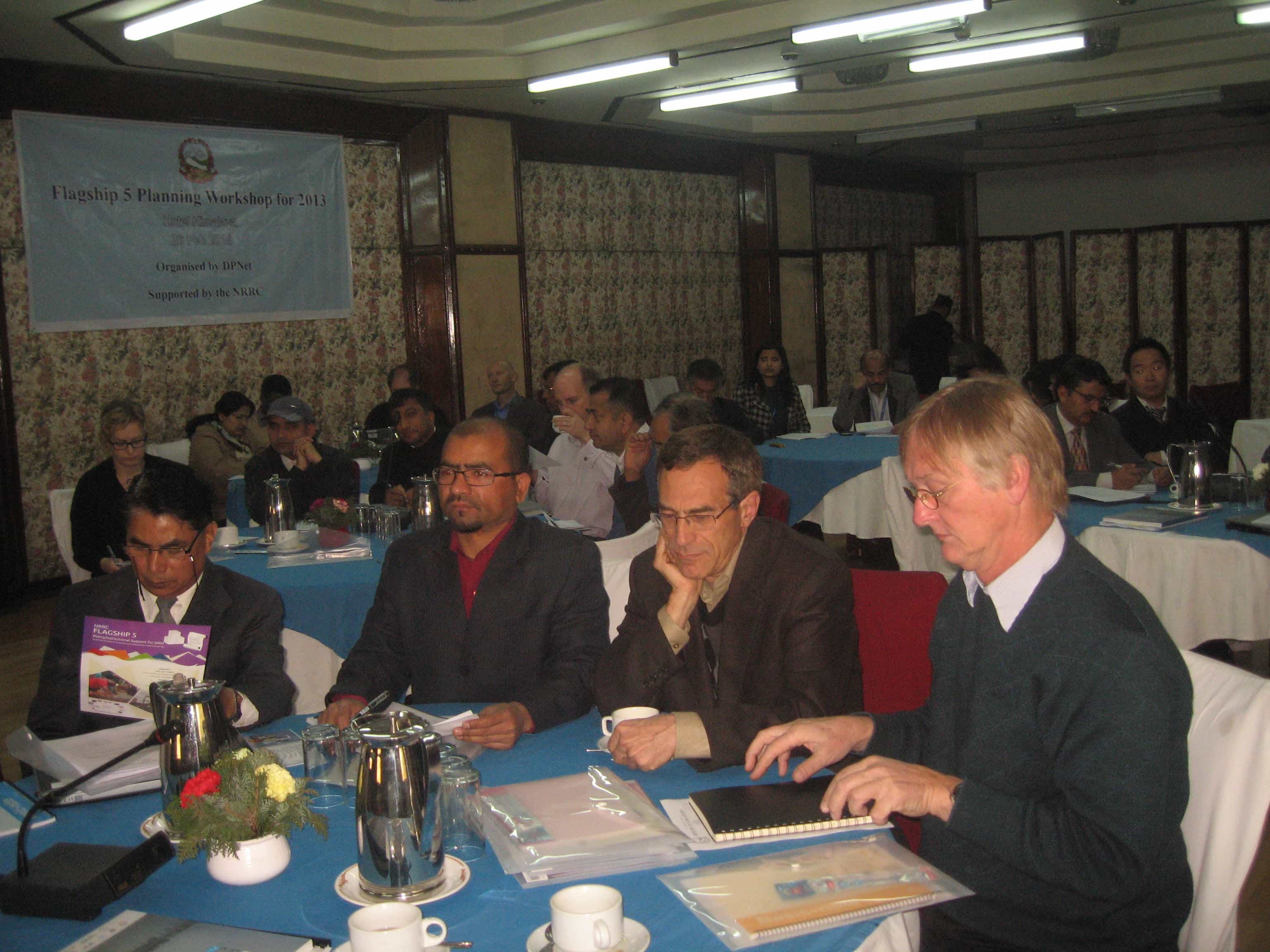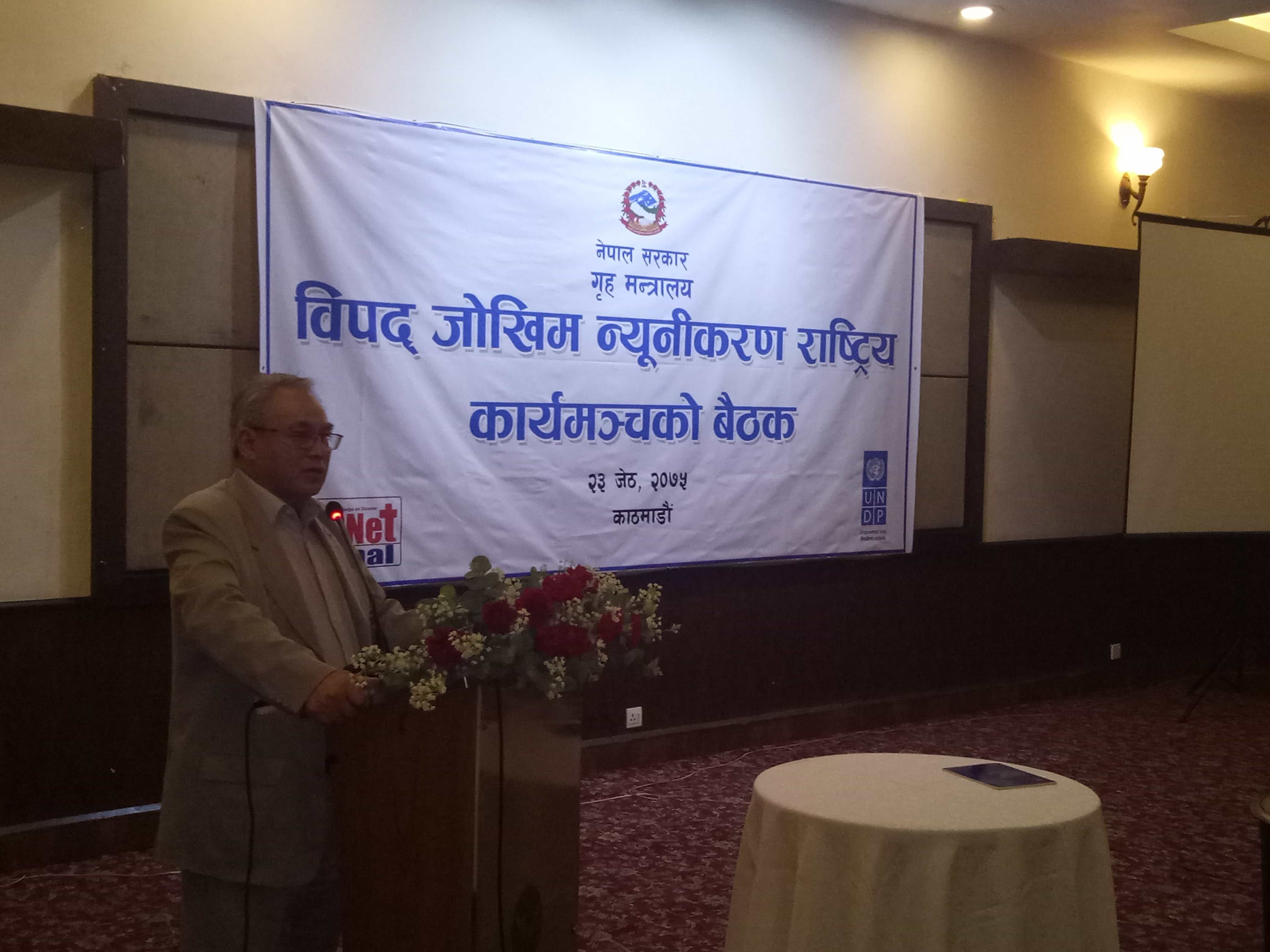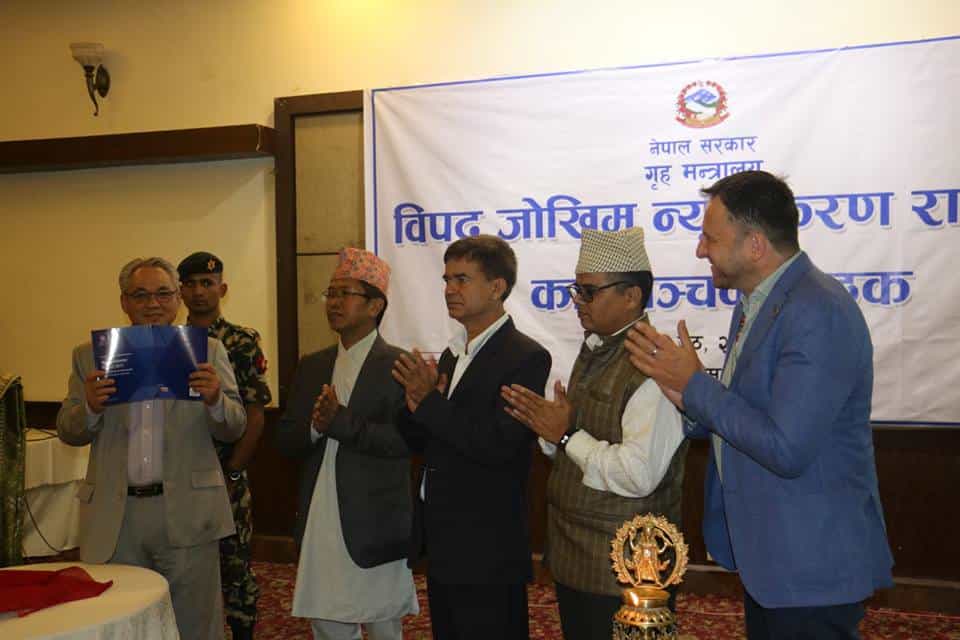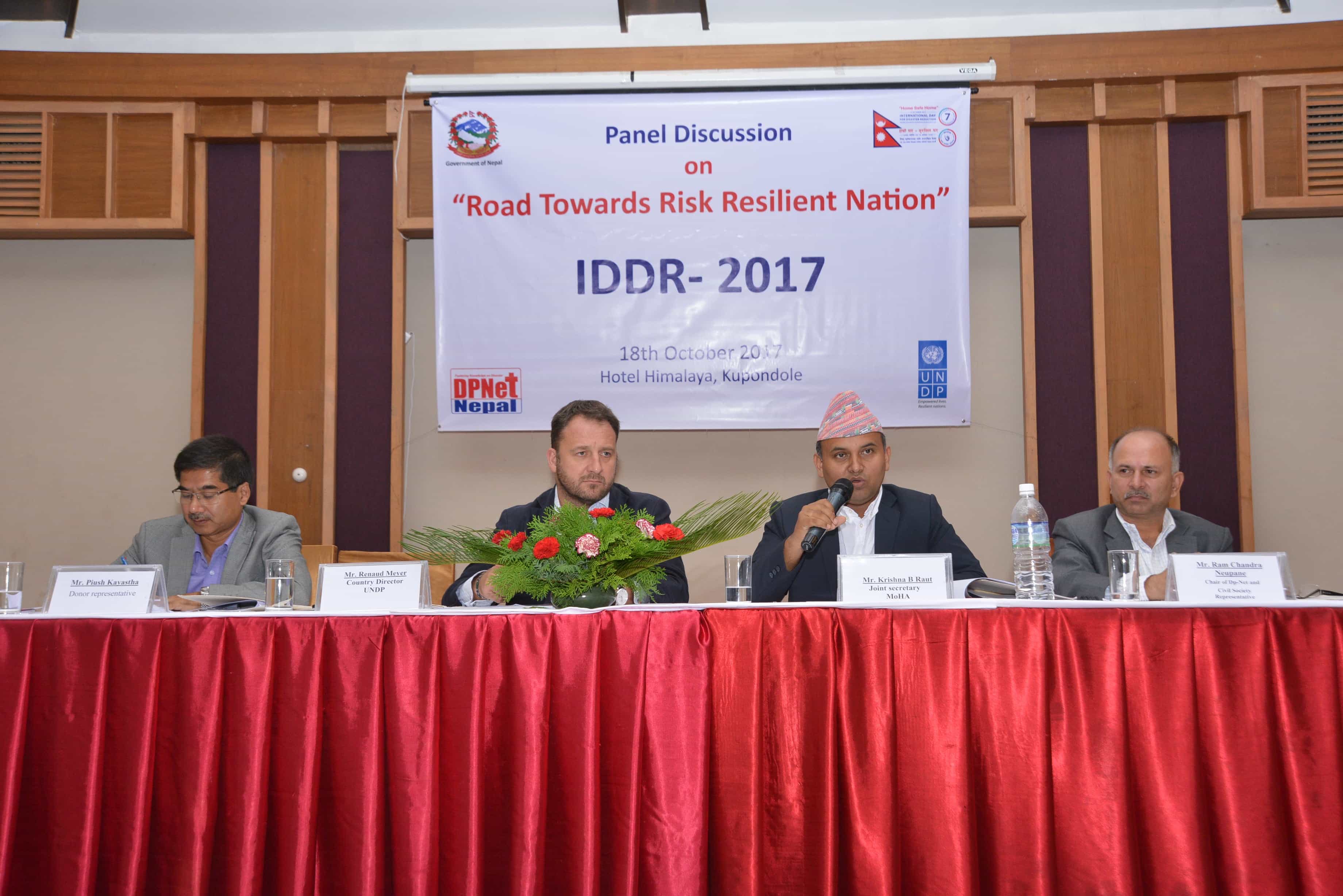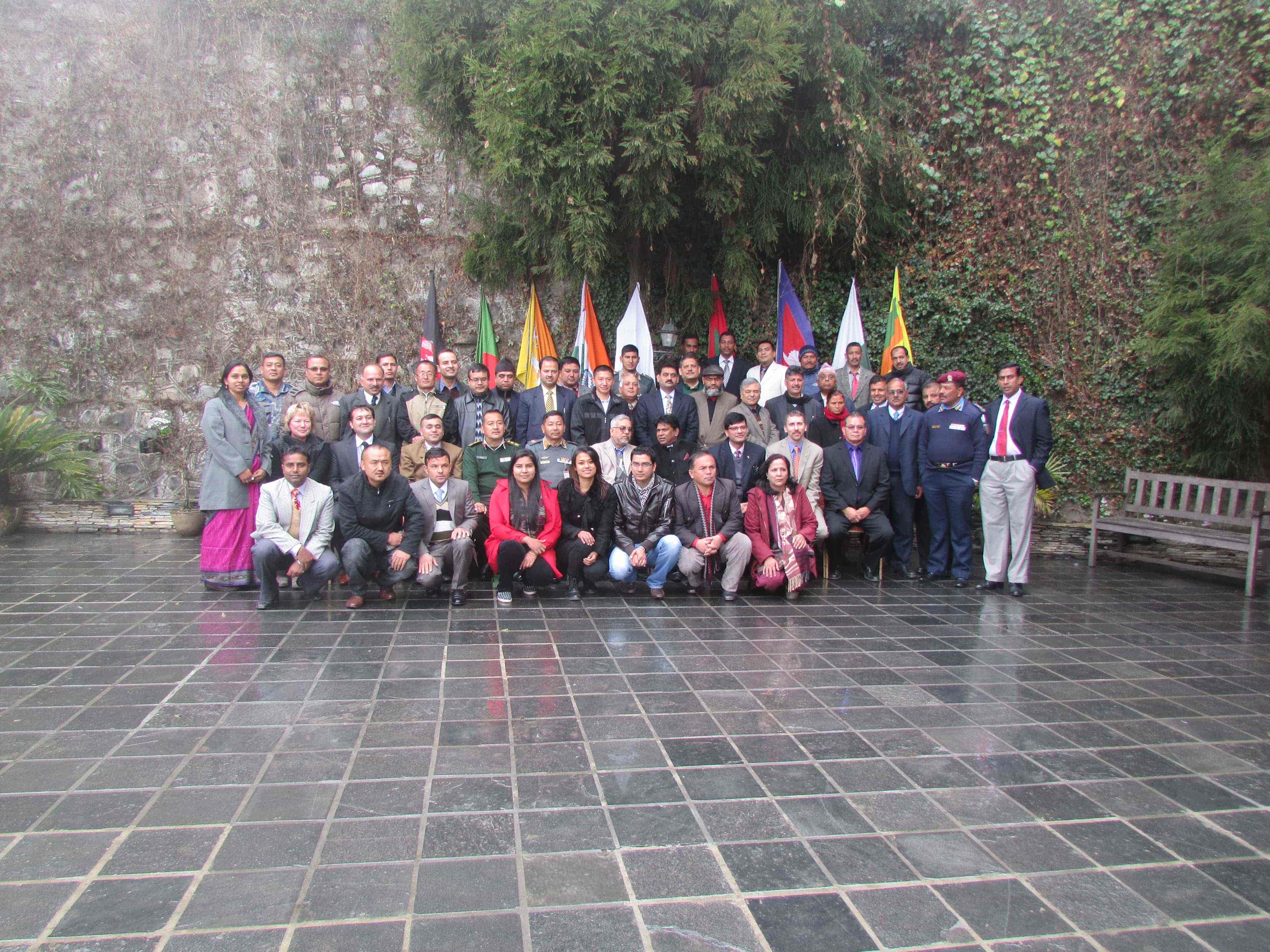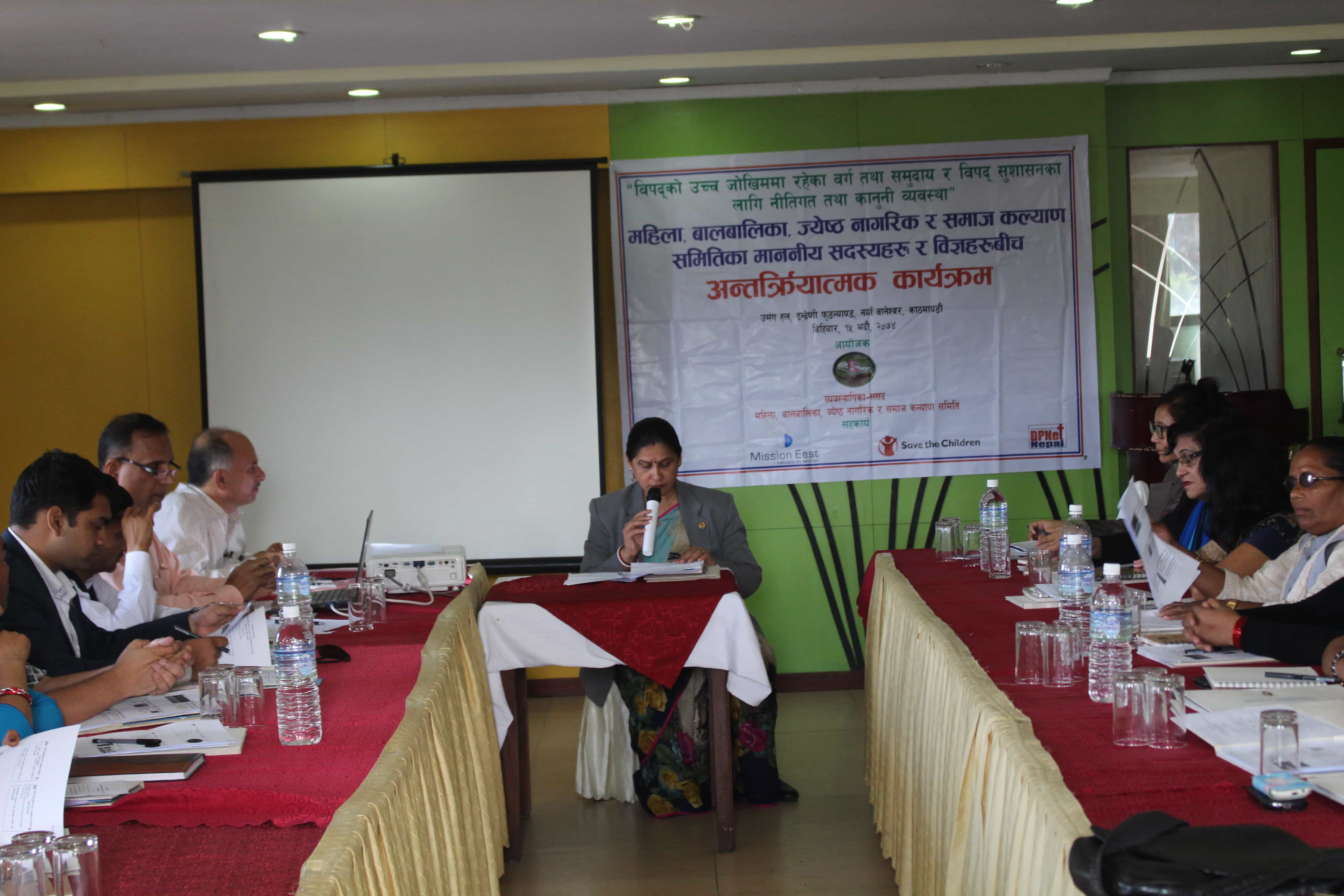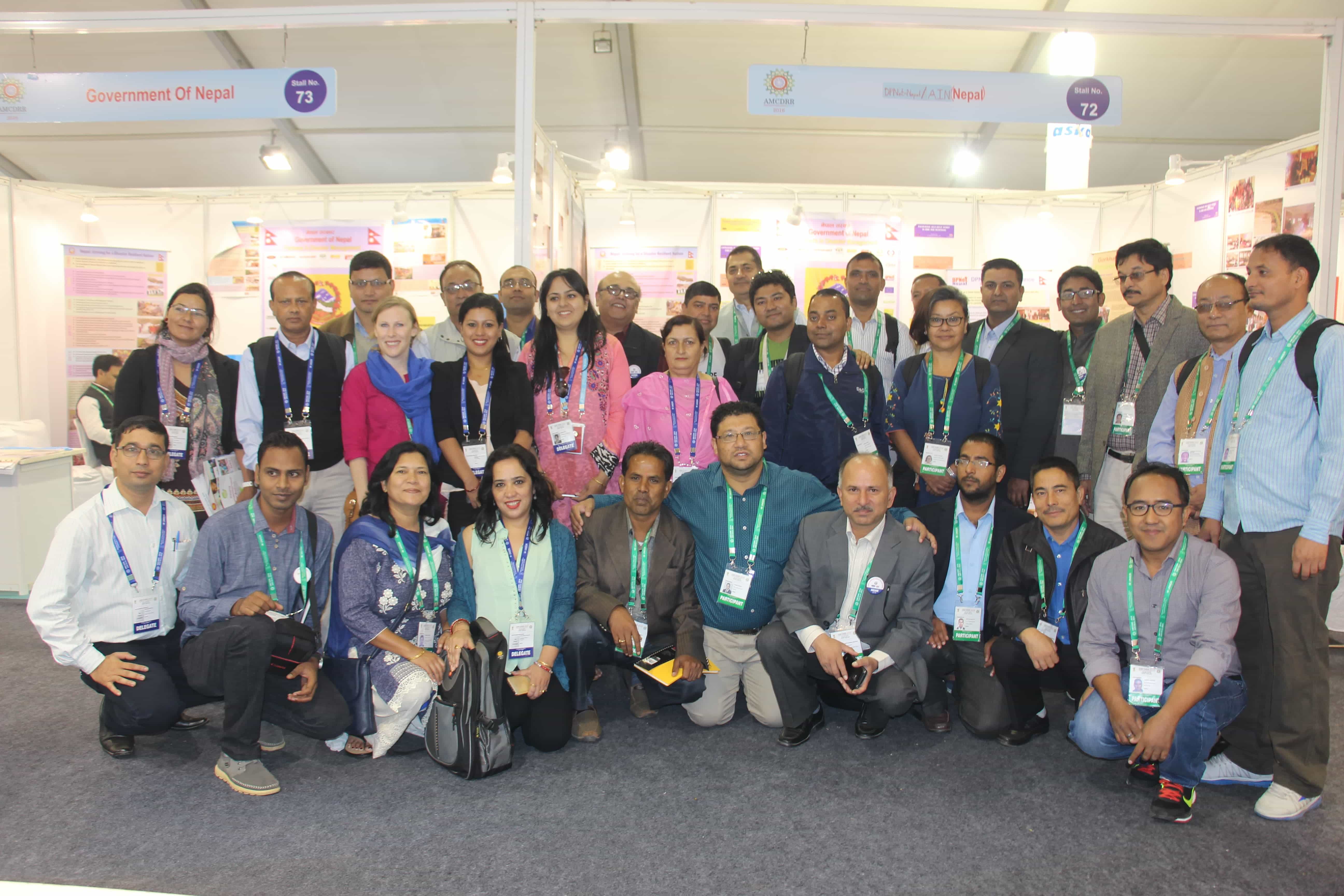Interaction- "Low-cost technologies for ‘Landslide Risk Reduction"’
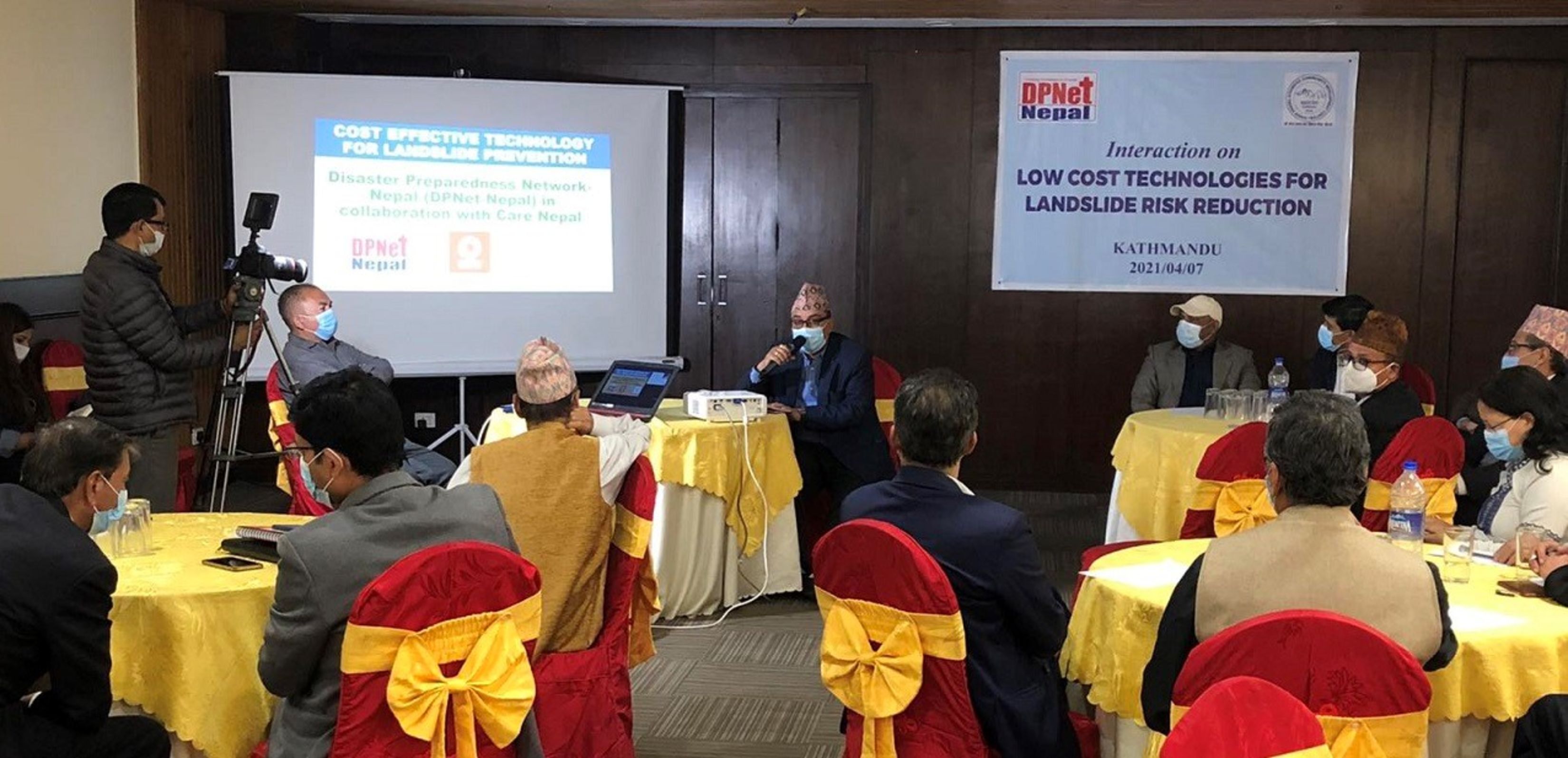
Interaction- "Low-cost technologies for ‘Landslide Risk Reduction"
The interaction titled "Affordable Technologies for Landslide Risk Reduction" was jointly organized by Disaster Preparedness Network-Nepal (DPNet), Shree Swanra Integrated Community Development Center (SSICDC), and Care Nepal on 7th April 2021 at Indreni Foodland, Kathmandu. The program was chaired by Mr. Surya Bahadur Thapa, Chairperson of DPNet, and Dr. Raju Thapa, General Secretary of DPNet, welcomed the attendees and highlighted the program's objectives.
During the event, Prof. Dr. Jib Raj Pokhrel, former Vice-Chancellor of NAST, delivered a presentation on "Affordable Technologies for Landslide Risk Reduction." He emphasized the importance of indigenous practices in minimizing landslide hazards.
In his presentation, Prof. Dr. Jib Raj Pokhrel discussed several techniques for landslide risk reduction, including:
- Sealing of cracks: He highlighted the importance of sealing cracks to prevent water seepage and reduce the potential for landslides.
- Clearing debris: Prof. Pokhrel emphasized the need to clear debris from landslide-prone areas as it can contribute to instability and increase the risk of landslides.
- Turfing the surface in tension cracks: He suggested the practice of turfing the surface in tension cracks to improve surface drainage and minimize the impact of water-induced landslides.
These techniques were presented as cost-effective measures that can be implemented to mitigate landslide risks. During the presentation, Dr. Prem Bahadur Thapa, Assistant Professor of Tribhuvan University, discussed indigenous practices for managing small-scale landslides. He emphasized the concept of using locally available resources and local manpower to implement low-cost measures. Dr. Thapa highlighted the significance of reducing water, rain, or drainage in tension cracks to minimize the risk of landslides.
He further explained the relationship between rainfall and landslides, focusing on the processes of filling tension cracks in small landslides. Dr. Thapa described how local communities can utilize resources such as shovels and cutters to clear debris and employ silt, sand, red mud, and local soils for filling debris. Additionally, he emphasized the importance of using locally available grasses to turf tension cracks in small landslides. Dr. Thapa emphasized that local communities should take responsibility for minimizing the hazards posed by landslides.
The program witnessed the participation of 36 individuals representing various organizations working in the relevant sector. The participants included individuals from the academic and government sectors, professors, representatives from the National Academy of Science and Technology (NAST), and others. They actively shared their knowledge, experiences, queries, and provided feedback following the presentation.
In his closing remarks, Mr. Surya Bahadur Thapa expressed gratitude to the organizers, guests, speakers, and participants for their presence, time, and effort. He highlighted the importance of programs like this in raising awareness about mitigating small landslides. Mr. Thapa extended his thanks to everyone for their comments and active participation throughout the program.


